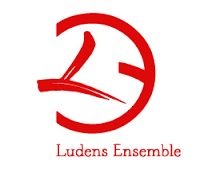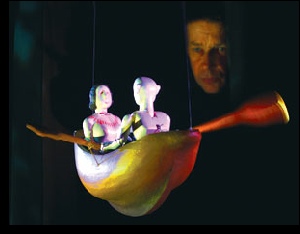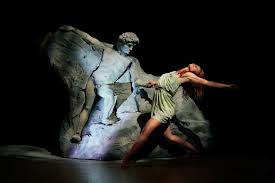When I started my masters at the University of Edinburgh, one of the books we studied was the Olga Taxidou’s Modernism and Performance: From Jarry to Brecht. I wondered, and I said to myself: “hmm: I know Brecht but who the hell is Jarry?” After all, I am a stage director, I have to know. That’s one of my obligations: to study, to learn, to experience new practises and theories on theatre.
What I am trying to say is that I am always curious and open to the new; I am questioning everything around me. So I went to the library, and literary I “sucked” the Ubu trilogy in a few hours. I was shocked when I discover that Alfred Jarry was 15 years old when he wrote the first draft of the play. He was just a child and he came to change the nature of theatre.
The play is very diverse and is loosely based on many classical theater plays. One can see Shakespeare’s Macbeth along with traces from Moliere and Racine. It is magical, based on slapstick humour, Grand Guignol fantasy and extreme imagination. It is a stream of images that achieved to shock and alienate the critics and the audience.
Moreover, I am fan of cartoons and animation. The play offers the chance for experimentation in its most extreme form; and for me this is what animation and visual theatre does as well. However, the play appeared at a time when Europe and France was overwhelmed by naturalism. During its dress rehearsal the play was interrupted several times. Supporters of Naturalism, artists and critics were swearing, throwing chairs etc, which made me think that there are two significant reasons to stage Ubu Roi nowadays: to see whether a play from one hundred years ago could still speak or even shock the audience today, as well as to find a new way to tell its story through the incorporation of puppets with new visual media.
So after I submitted my Master’s thesis on Ubu Roi, I decided to give it a try: To experiment with the play/toy of a child in order to study classic theatre and New Media.















